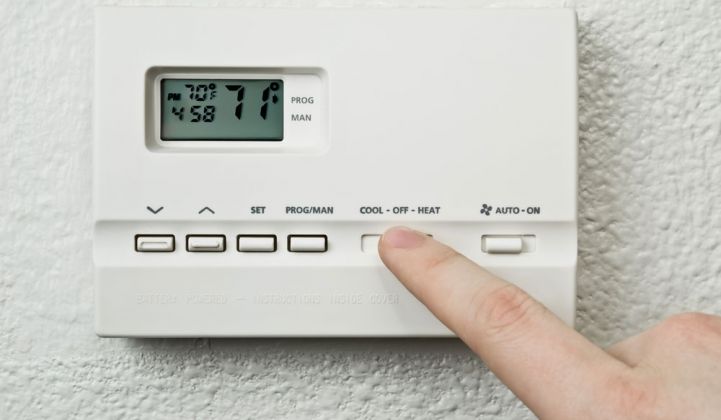Current conversations around the energy transition often focus on the power and transportation sectors. But decarbonization of other sectors, such as heat, is also critical to meeting national and regional climate targets.
Heat makes up 35 percent of global energy consumption, and when it comes to space heating, direct combustion of fossil fuels in buildings plays a dominant role across the globe and is a major source of greenhouse gas emissions.
Natural gas and fuel oil satisfy 60 percent of heating needs of households in Europe. In the U.S., the share is about 75 percent. In China, coal and gas boilers make up more than 90 percent of heating sources.
To decarbonize space heating in residential and commercial buildings, several tools will need to work together: energy efficiency, electrification, and alternative fuels.
In a new Wood Mackenzie report, Electrification of residential and commercial space heating, we discuss the reality that as the global power sector continues to decarbonize, using low-carbon electricity for space heating is of vital importance to reducing emissions.
Heat pumps are the most energy efficient electric heating technology so far
Among electric heating technologies, including heat pumps, baseboards, furnaces, and space heaters, heat pumps are the most energy efficient. They do not produce heat — rather, they transfer heating and cooling from the outside to the inside of a building, and vice versa. On average, heat pumps can produce 3 kW of equivalent of heating after consuming 1 kW of electricity.
Other heat decarbonization technologies include hydrogen, heat networks using large-scale heat pumps and renewables, renewable natural gas, and solar thermal. In comparison, heat pumps are both widely commercially available and face fewer resource constraints. In China alone, the 2018 heat pump market value was estimated at over $22 billion.
Policymakers play a key role in spurring efficient electric heat adoption
Depending on the types of work required for heat pump installations and regional cost differentiators, the capex for air-source heat pumps in the U.S. ranges from $5,500 to $14,500 per project.
In New York, investor-owned electric utilities and New York State Energy and Research Development Authority jointly filed an implementation plan for New York State Clean Heat Statewide Heat Pump Program in March. Incentives to customers outlined in this plan make heat pumps more economically viable to switch from fuel oil, but not yet enough to beat gas.
Building codes enacted and enforced by municipalities can also push forward all-electric new construction and retrofits. In California, 30 municipalities have started such initiatives encouraging or mandating building electrification, including San Francisco and San Jose.
In Europe, while the Green Deal recognizes buildings as a primary sector for decarbonization, several countries already enacted bans on fossil fuels for heating, such as Norway, Germany, and the Netherlands.
China set coal replacement targets for winter heating in 2017 with a focus on coal-to-gas. This led to gas shortages and price spikes, and policies pivoted to provide more emphasis on coal-to-electricity switching. However, for winter 2019/2020, policies relaxed to stress the need to meet heating demands, illustrating China’s continued reliance on coal as a heating fuel.
Implications for electricity demand and power infrastructure
According to electrification forecasts from Independent System Operator New England (ISO-NE) in February, heat electrification efforts over the next decade in the region will increase winter peak demand by almost 600 megawatts.
Among various sectors with electrification trends, utilities and system operators are more concerned about increasing numbers of electric vehicles than all-electric buildings. Sacramento Municipal Utility District (SMUD) indicated in its 2019 integrated resource plan that demand-side resources from building electrification will reach 365 gigawatt-hours by 2030, compared to 936 gigawatt-hours from transportation electrification.
Studies of building electrification’s impact on power infrastructure are nascent at best. As policies continue to address challenges such as customer preferences high upfront costs, grid operators also need to grapple with the impact of heat electrification, by recognizing its potential and finding ways to optimize flexible load from heat.
***
Download the free executive summary of WoodMac's new heating electrification report here.




